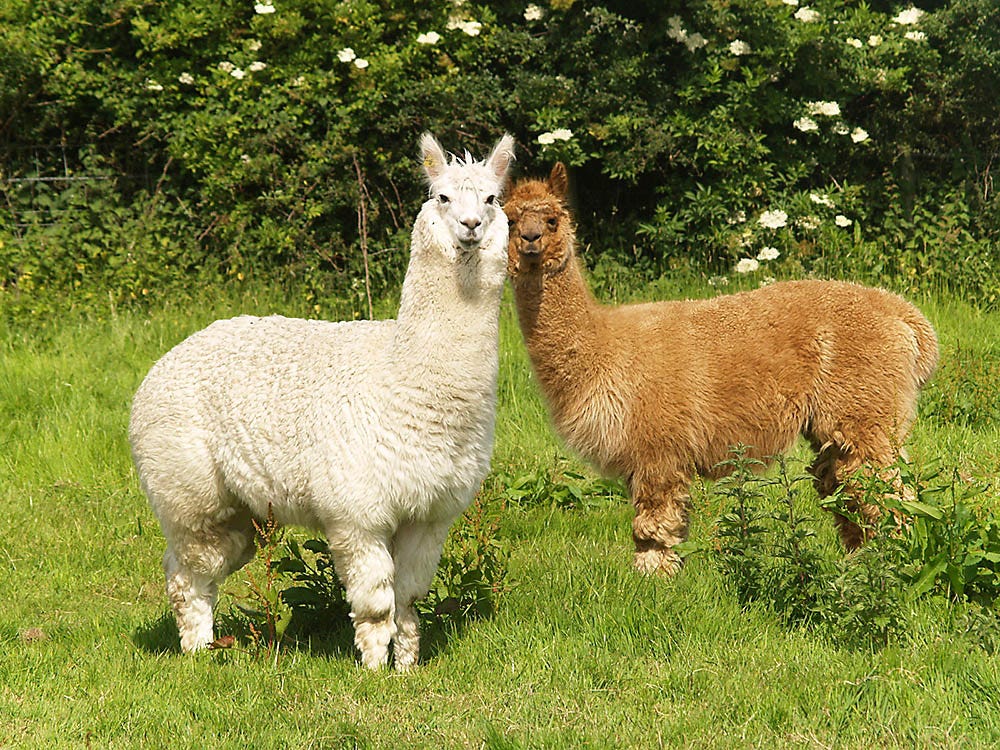Electric Fencing for Llamas and Alpaca

Llamas and alpacas are intelligent animals and can quickly learn to respect an electric fence. As highly sociable herd animals, they are more comfortable around others of their species, making them easy to control and train.
However, they present some unique challenges because their thick coats do not conduct electricity well and predators can be a problem, especially for young crias (baby llamas or alpacas).
We recommend electrified high-tensile fencing as a safe and secure solution. A high-tensile fence effectively contains llamas and/or alpacas while keeping predators out.
Depending on a variety of factors, the number of fence wires can vary from 4 to 6, depending on:
- Whether you will separate crias at weaning
- If you keep breeding males separated
- If predators are a problem
Recommended wire spacing options for llamas and alpacas:
- 4 strands for mature llamas and alpacas
- 6 strands for predators and crias
Llamas and alpacas require a fence charger that can maintain 4,000 – 5,000 volts on the fence line. Voltage levels are impacted by vegetation on the fence line, length of fence and type of wire.
Note: A minimum of 5,000 volts on the fence line is required to keep out predators.
Although llamas and alpacas can protect themselves by kicking, they may still be bothered by predators like wolves, coyotes, or stray dogs. Crias are especially more susceptible to predators. A high-tensile fence with properly spaced wires will deter predators.
